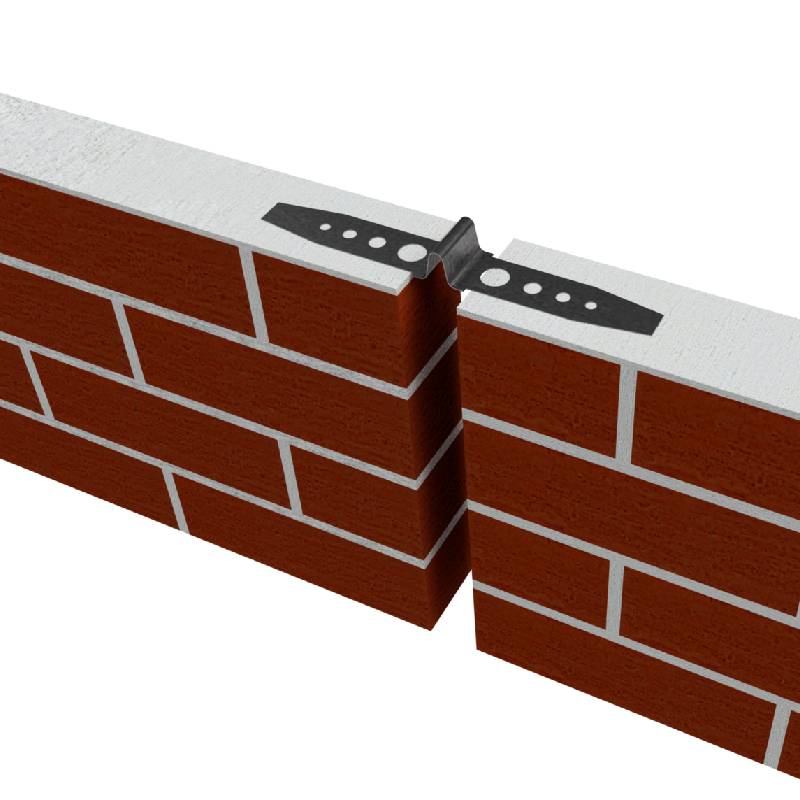
- Mobile Phone
- +8613931874955
- sales@cntcmetal.com
Understanding Compression Spring Characteristics and Their Applications in Various Industries
Understanding Compression Spring Extensions, Applications, and Benefits
Compression springs are a pivotal component in various mechanical devices, known for their ability to store and release energy. These springs work by resisting a compressive force, which causes them to compress and store potential energy. Upon removal of the load, the stored energy is released, allowing the spring to return to its original shape, thus pushing back against the compression force.
Understanding Compression Spring Extensions, Applications, and Benefits
When discussing compression springs, one must consider their extension aspect. The term compression extension may seem contradictory, but it highlights the dual nature of spring mechanics. When a load is applied to the spring, it compresses; however, the energy stored can cause the spring to extend when the force is removed. Understanding this interplay between compression and extension is crucial for engineers and designers who wish to harness the full potential of these springs in various applications.
compression extension spring

The design of a compression spring is influenced by several factors, including the material used, the spring's dimensions, coil diameter, and pitch, as well as the intended load capacity. Most compression springs are made from high-carbon steel or stainless steel, providing the necessary strength and durability. Engineers often perform calculations to determine the spring constant, which measures the spring's stiffness, vital for selecting the right spring for a specific application.
Moreover, manufacturing advancements have led to the development of custom compression springs tailored to unique operational needs. These custom springs can be designed to fit specific dimensions, load capacities, and operational environments, making them ideal for niche markets and specialized applications.
In addition to mechanical applications, compression springs also play a significant role in automation and robotics. They can act as counterbalances, providing necessary force for movement and stability in robotic arms and other automated systems.
In conclusion, compression springs exemplify the principle of potential energy storage and release, making them essential in numerous applications across industries. Their ability to compress and extend, combined with advancements in material and design, ensures that they remain a foundational component in modern engineering and technology. Understanding the intricacies of compression springs not only enhances design efficiency but also paves the way for innovative applications in the future.
share:
-
Your Source for Concrete Wall Ties and Masonry AccessoriesNewsJul.10,2025
-
Unlocking the Power of Iron Wire for Every ProjectNewsJul.10,2025
-
Explore Advanced Chain Wire and Stainless Steel Mesh FencingNewsJul.10,2025
-
Discover the Benefits of Annealed Wire ProductsNewsJul.10,2025
-
Discover China Stainless Steel Wire Mesh SolutionsNewsJul.10,2025
-
Build with Confidence Using High-Performance Masonry AccessoriesNewsJul.10,2025
-
Why Sacrificial Formwork Is Redefining Underground ConstructionNewsJun.06,2025



















